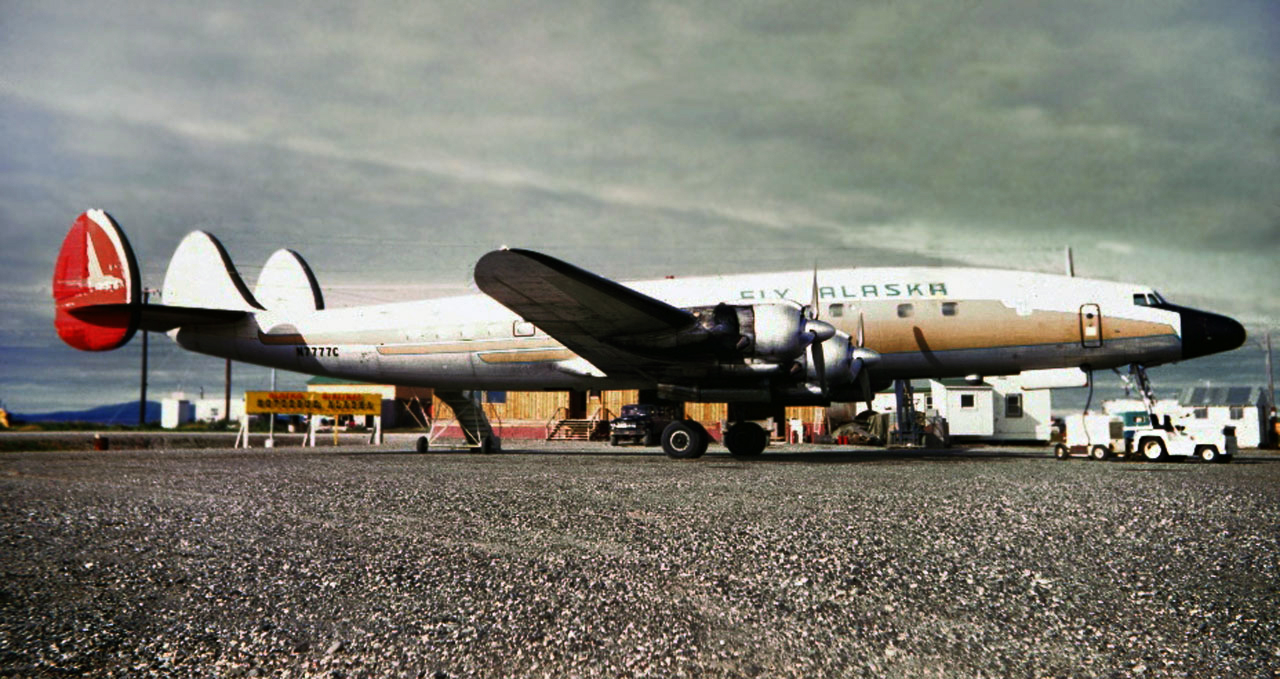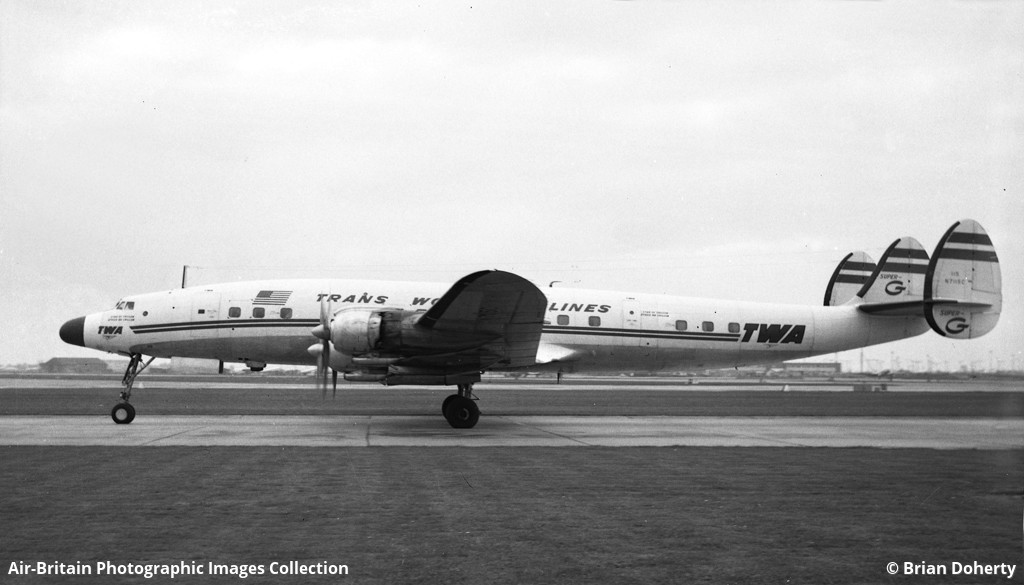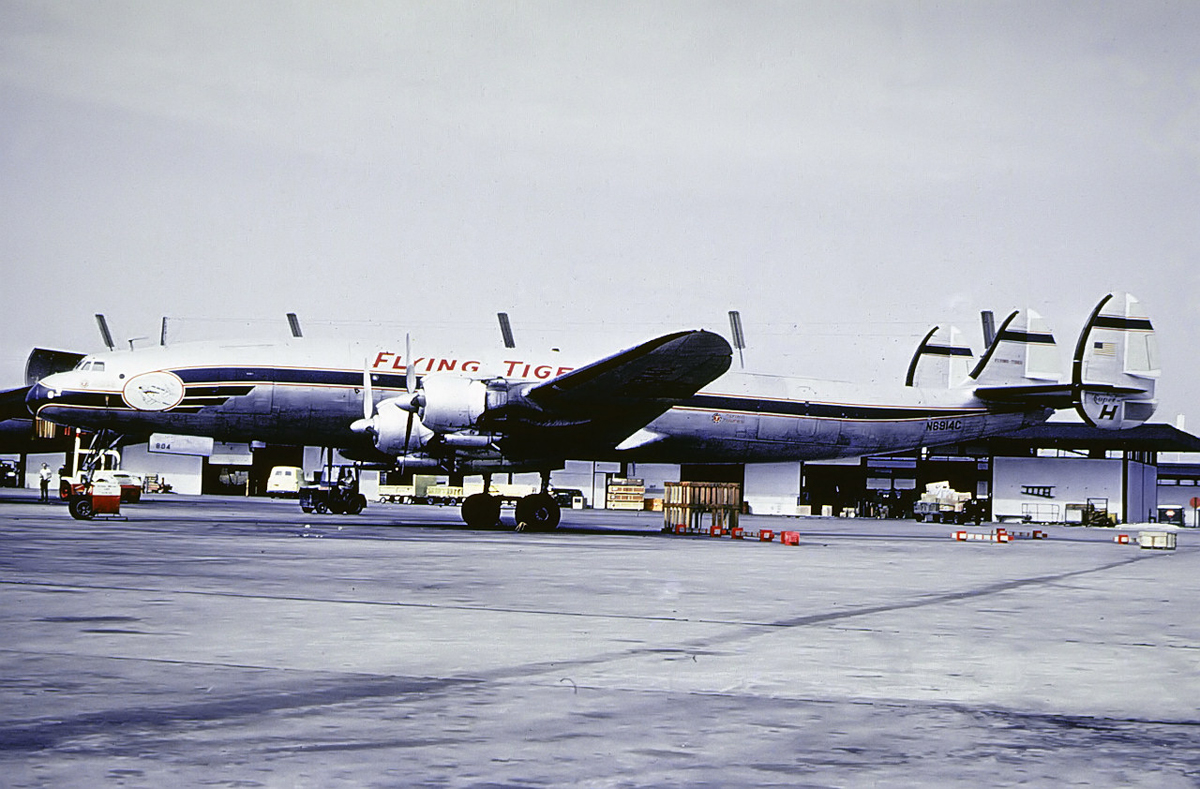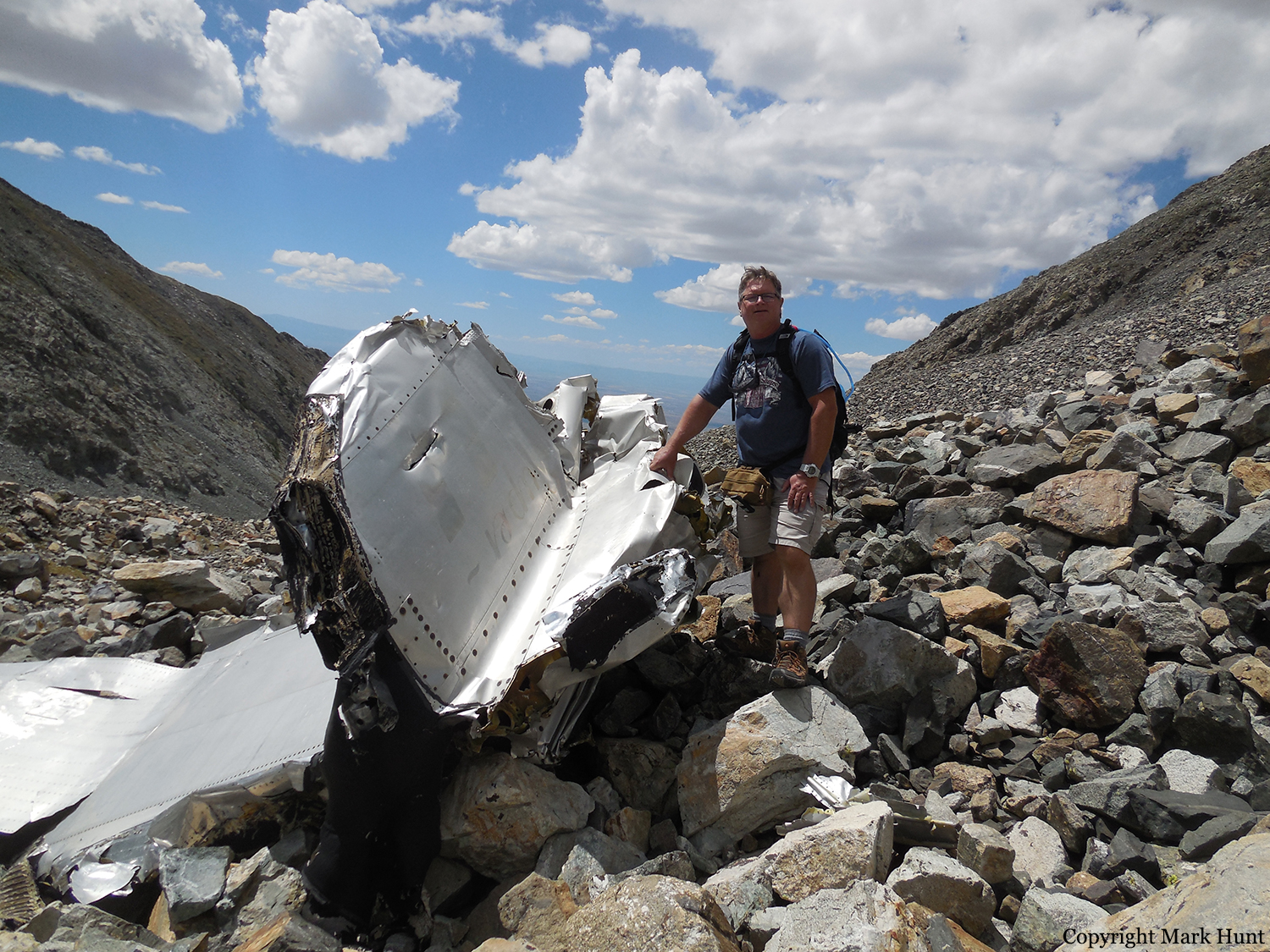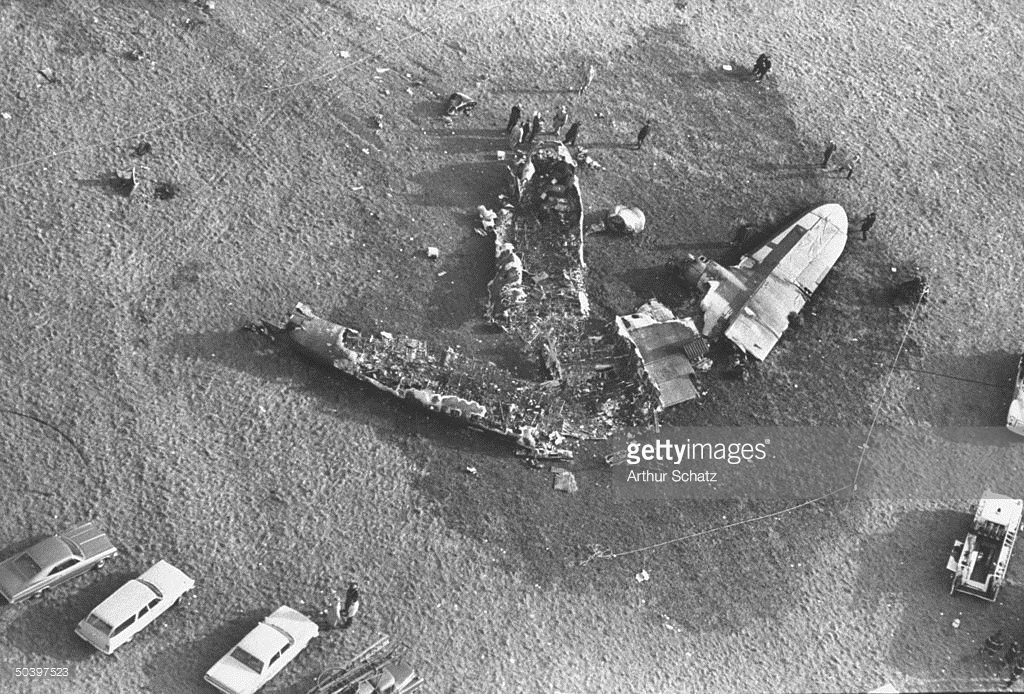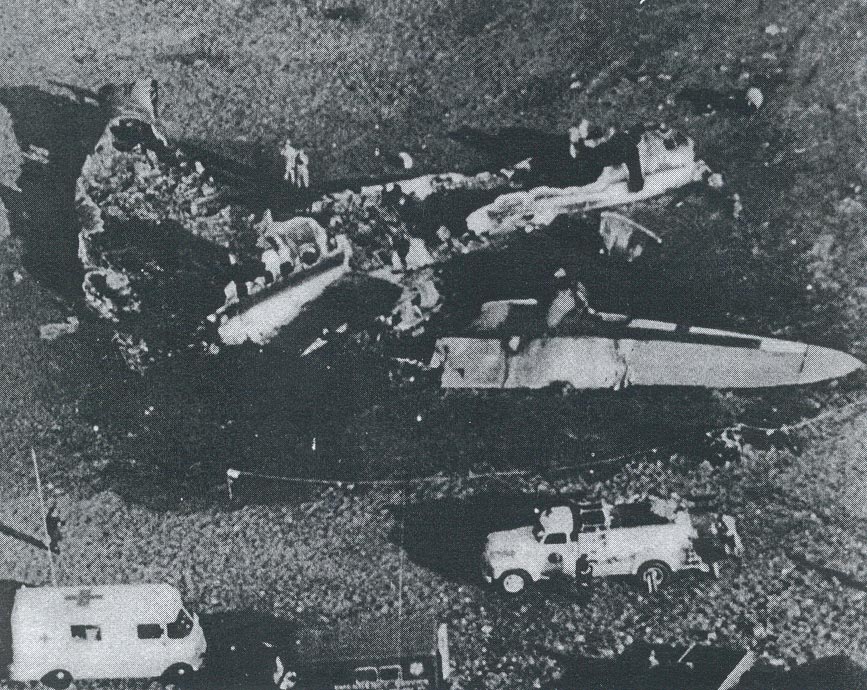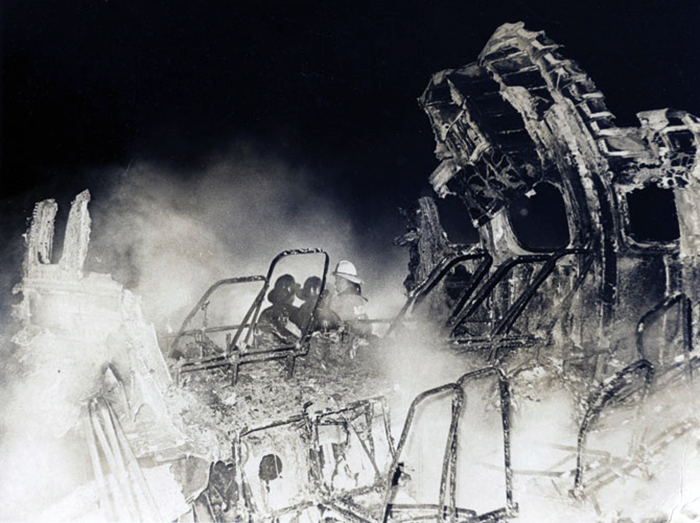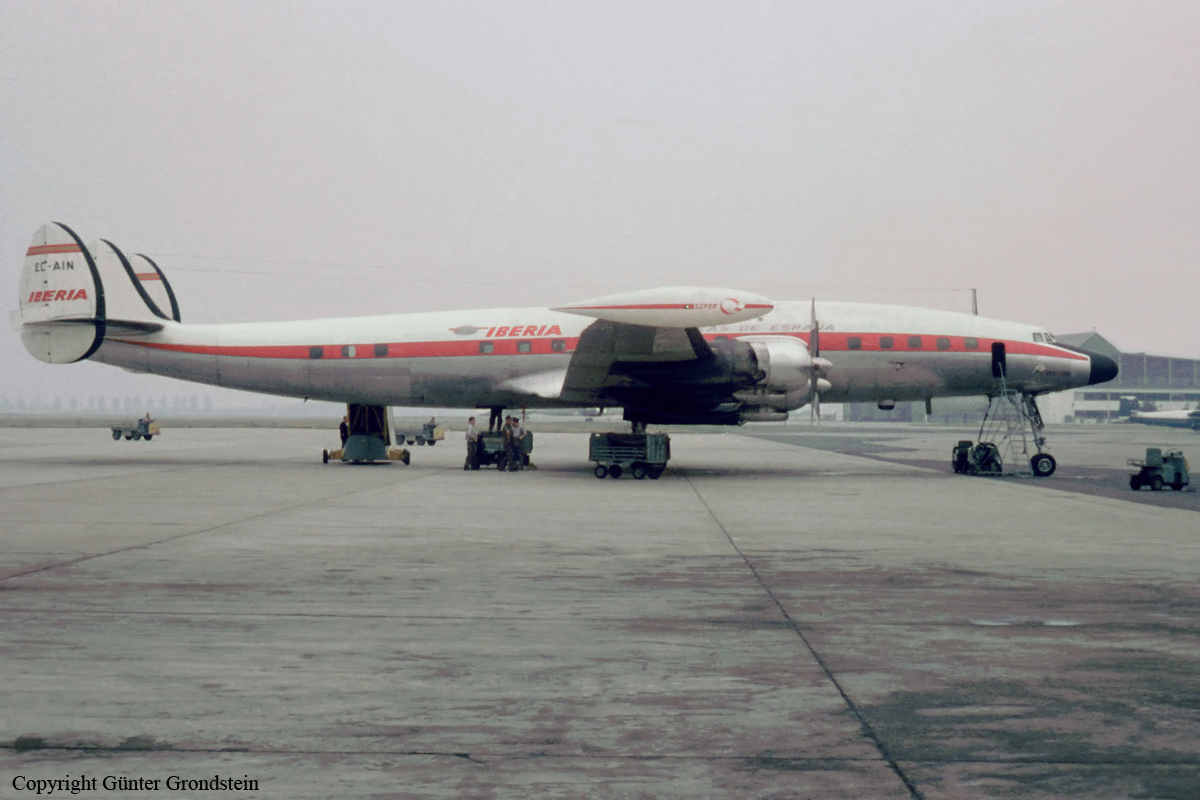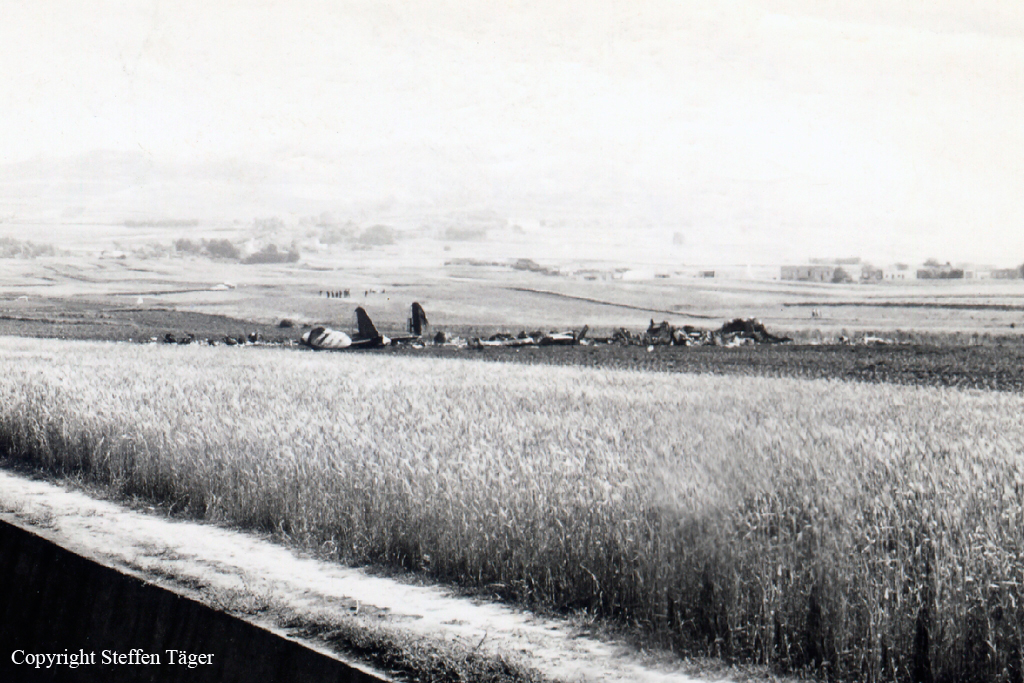Crash of a Lockheed L-1049G Super Constellation in Panama City: 3 killed
Date & Time:
Mar 30, 1968
Registration:
HP-467
Survivors:
No
MSN:
4678
YOM:
1957
Crew on board:
3
Crew fatalities:
Pax on board:
0
Pax fatalities:
Other fatalities:
Total fatalities:
3
Circumstances:
Shortly after takeoff from Panama City-Tocumen Airport, while in initial climb, the four engine stalled and crashed in a huge explosion near the runway end. The aircraft was destroyed and all three crew members were killed.
Probable cause:
The engine number three caught fire shortly after rotation and control was lost.



